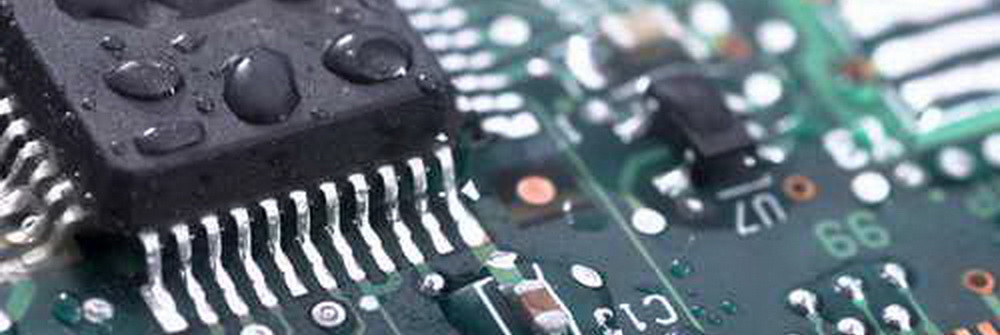We know water and electricity do not mix, but water can appear in electrical enclosures unexpectedly from nowhere. Water from condensation causes tracking, leading to short circuits or earth/ ground faults that also increases fire risk. Keeping the relative humidity inside an enclosure below 50% will prevent condensation issues for indoor applications. However, for outdoor enclosure a lower level is advisable due to the wider temperature variations.
Condensation is the release of water vapour from the air. It is generally due to a fall in enclosure temperature or warm air meeting a cool surface. The amount of moisture held in air depends on the temperature, the cooler the temperature, the less air can hold. The are many ways to reduce or prevent condensation and choosing the best one depends on the application. Most methods involve either removing some moisture from the air or heating the enclosure. Each has advantages and disadvantages.
Prevent condensation before it becomes a
problem
Importantly, most methods for reducing moisture/humidity levels in cabinets take a long time to work, particularly if it has a large volume. If the
temperature is likely to fall quickly, most drying systems will not respond in time and condensation will result. It is better to choose a moisture reduction system with low running costs that operates 24/7.
Start with a common-sense/best practice approach and minimise the ingress of moist humid air by sealing both indoor and outdoor enclosures. Moreover, where appropriate insulate outdoor enclosures. Consider also if a small drainage pipe will solve the problem. If air circulation is necessary for cooling, take suitable steps to avoid introducing moist air. Consider also that condensation can form in electrical conduits and enter that way: use a suitable foam sealant.
Finally, water in an enclosure is not necessarily condensation, but many of these solutions will address the problem.
How to prevent condensation in electrical cabinets
Anti-condensation paint
These are specialist coatings for minimising the effects of moisture condensing under intermittently dry and humid conditions.
Anti-condensation heaters
Warming the air in electrical cabinets will protect the electrical and electronic equipment from condensation and corrosion. They work by keeping the air in the enclosure warm, allowing it to hold more moisture. Dedicated heaters use thermostats or hygrostats for controlling their operation or alternatively use self-regulating PTC elements. They are self-maintaining but running costs may be high.
Desiccant (Silica gel or similar)
A desiccant is a hygroscopic material used to draw-in and hold moisture. In fact, industrially, desiccants are widely used to control the level of water in gas streams. They are low cost and effective. There is a regular maintenance need when it becomes saturated to replace or regenerate the medium.
Air exchange systems
Externally mounted units use an air compressor to introduce dry air into the enclosure. Desiccants dry the air and the compressed air also regenerates the desiccant. The units are expensive but require little maintenance.
Thermoelectric dehumidifiers
Thermoelectric dehumidifiers use a Peltier heat pump to cool a surface and condense water vapor from the air. The design is simple and uses only a small fan. Importantly, ice build-up may be a problem and eventually the condensate needs removing or draining and it requires regular cleaning.
Ionic membrane dehumidification
These sold-state polymer dehumidifiers remove water vapour from an enclosure at a molecular level (electrolysis) without involving liquid water. They are suitable for enclosures between one litre and over than four cubic metres. They will protect sensitive electrical and electronic devices, medical equipment, lasers, LEDs and also scientific apparatus from humid environments. The largest sizes can be expensive but benefit from low maintenance and running costs.

